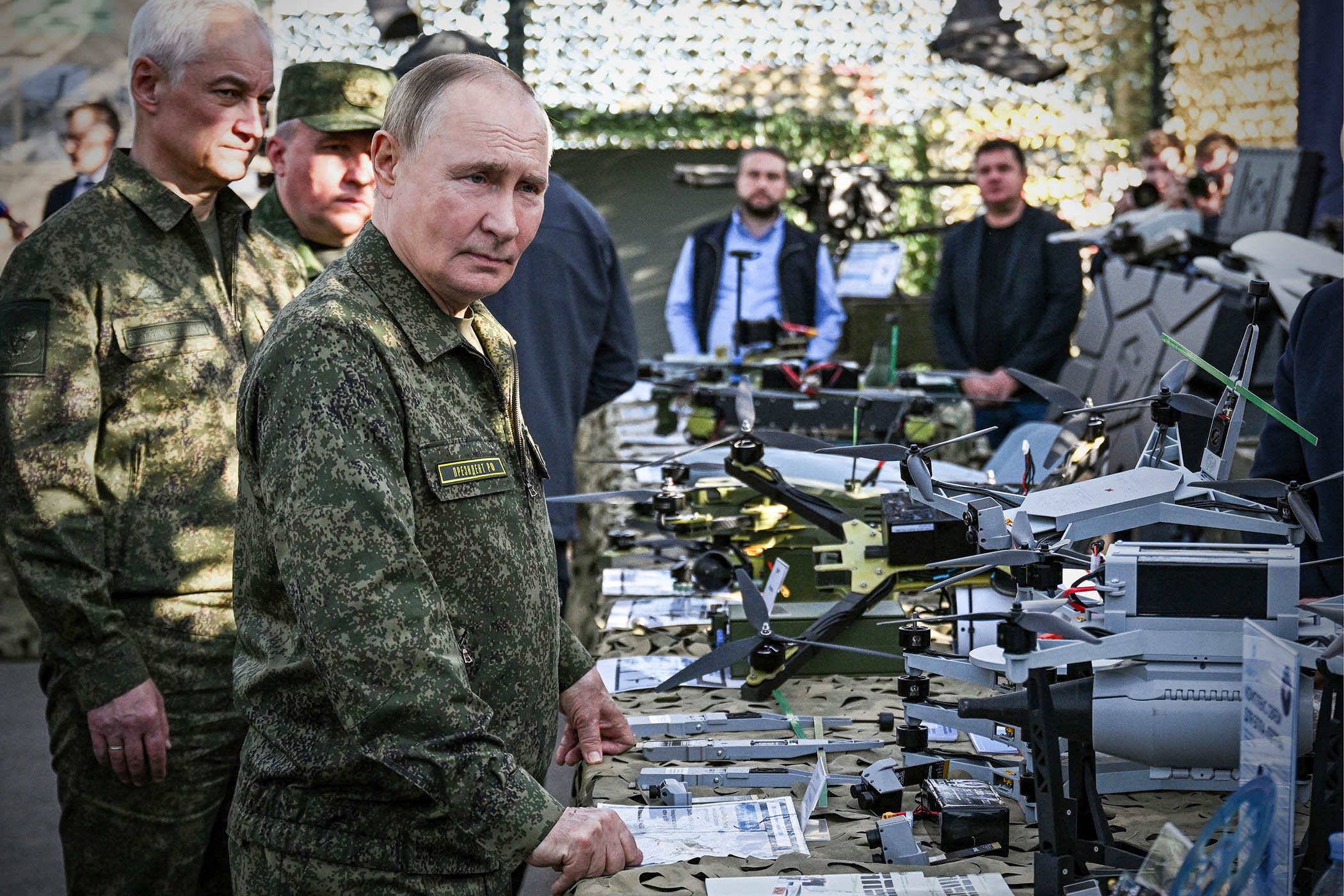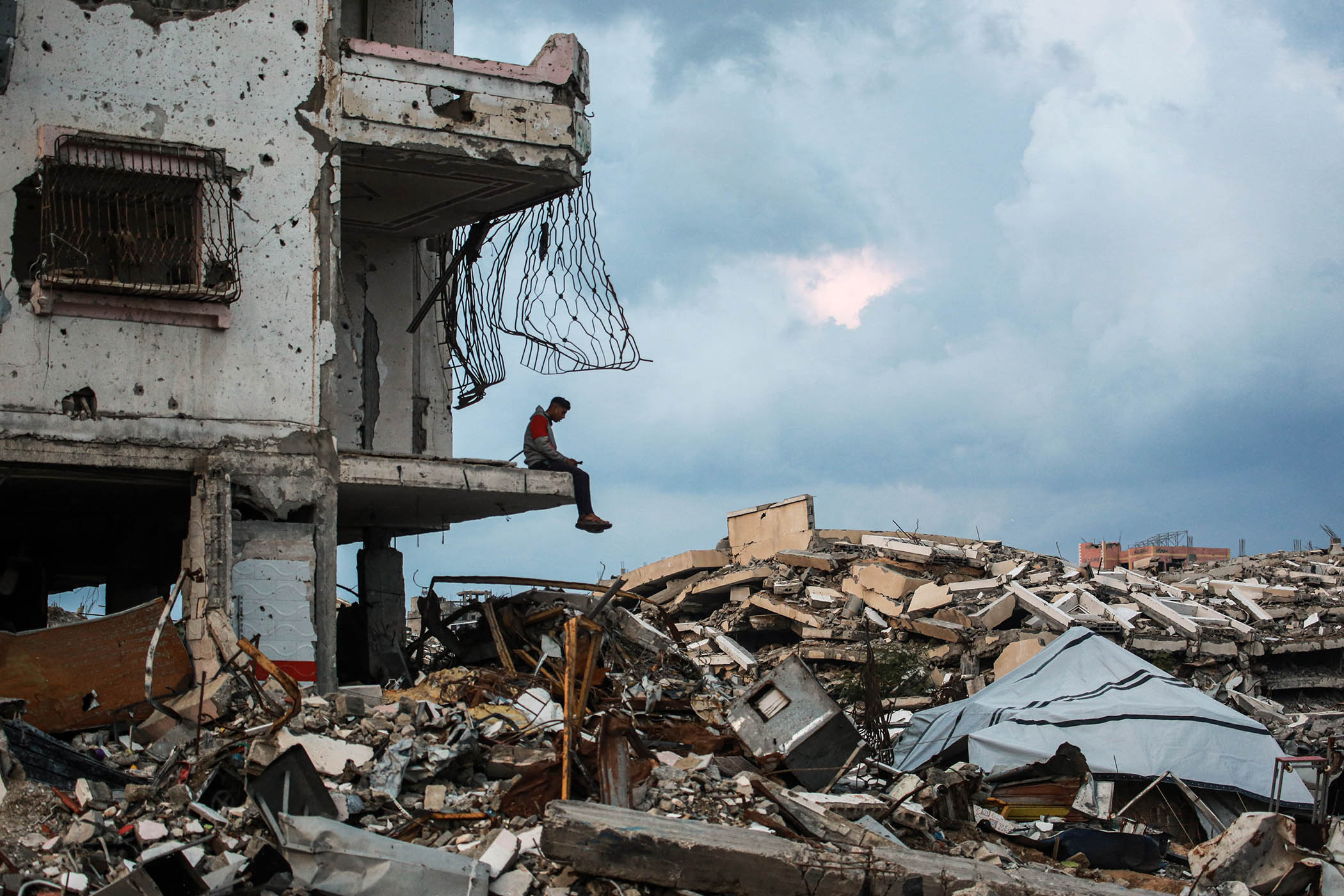In the 10 days since a swarm of Russian drones penetrated Polish airspace, Moscow has staged military exercises involving 30,000 troops a few miles across the border. Finnish military sources say a further 100,000 Russian troops and 1,000 new tanks are now stationed in the Leningrad military district, a day’s drive from Helsinki. A report has emerged of Russian soldiers crawling through a gas pipeline to attack Ukrainian forces from behind in the city of Kupiansk. And President Trump has travelled to London for a state visit, mesmerised by the pomp and apparently oblivious to the threat – except to repeat that Putin has let him down.
Russia is systematically probing Nato’s defences while waging a land war on Ukraine. That war has accelerated the development of attack drones that cause alarm but also represent an opportunity for defence contractors. They pose a “huge asymmetric threat”, says Michael Golden, a former Royal Navy officer now with Alpine Eagle, a military startup that exhibited at last week’s biennial DSEI defence expo in London. “If the amount launched onto Ukraine on a nightly basis was deployed on UK shores, Germany or France, we would not even remotely have the capacity to be able to deal with that scale of threat.”
Fences, walls, barbed wire, trenches, tanks, people, radar and counter-drone satellite systems will all need to be part of a new multi-layered defence running from the northern tip of Finland to the Black Sea, Golden says. “We should make Europe look like an absolute porcupine.”
Nato appears to agree. It announced plans last week to strengthen Poland’s “Eastern Shield”, a 700km string of defensive installations along the border with Belarus and Russia. “Nato’s borders are inviolable, and the security of our citizens remains a priority,” said Polish general command.
But are they really inviolable? For any collective decision, all Nato’s members have to agree. After the drone incident in Poland, Nato’s European members reacted quickly, but Trump equivocated and eventually said the incursion “could have been a mistake”.
Related articles:
The evidence suggests otherwise. A former Soviet nuclear base near Minsk in Belarus is being redeveloped with extensive new structures and roads, Radio Liberty reports. There are fears that nuclear-capable missile systems, such as the Oreshnik, could be deployed there. Finland’s military is in no doubt that the build-up across the border around St Petersburg is intended to intimidate the Baltic region.
Meanwhile, in Ukraine, using wheeled stretchers and electric scooters in gas pipelines where conventional routes are blocked, the Russian advance continues.
Photograph by Sergey Bobylev/AP



